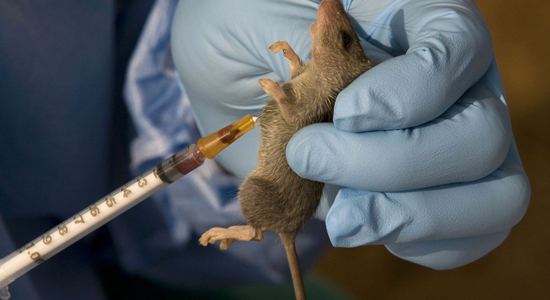The Nigerian Centre for Disease Control (NCDC) says 10 states of the country are battling with Lassa fever with 107 suspected cases and 16 deaths recorded since the beginning of the year. The Chief Executive Officer (CEO) of NCDC, Dr. Chikwe Ihekweazu, in a statement yesterday said the Centre has activated its Emergency Operations Centre (EOC) to coordinate the response to the outbreak on behalf of the Ministry of Health.
According to him, the EOC has deployed Rapid Response Teams (RRTs) to the most affected states-Ebonyi, Ondo and Edo.
While the RRTs are supporting the states in response coordination, contact tracing, case management, risk communication and strengthening infection prevention and control practices, Dr. Ihekweazu said emergency supplies have also been sent to treatment centres in all affected states.
Ihekweazu said: “Since the beginning of 2018, a total number of 107 suspected Lassa fever cases have been recorded in 10 states – Edo, Ondo, Bauchi, Nasarawa, Ebonyi, Anambra, Benue, Kogi, Imo and Lagos.
“As at January 1, 2018, the total number of confirmed cases is 61, with 16 deaths recorded. Ten health care workers have been infected in four states (Ebonyi – 7, Nasarawa -1, Kogi -1 and Benue -1) with three deaths in Ebonyi State.”
He added that the Centre is collaborating with the World Health Organisation (WHO), Ministry of Agriculture and Rural Development, Irrua Specialist Teaching Hospital, African Field Epidemiology Network, United States Centres for Disease Control, University of Maryland Baltimore (UMB), Alliance for International Medical Action (ALIMA) and other agencies in supporting the response in the affected states.
Ihekweazu also informed that Lassa fever is an acute viral hemorrhagic illness, transmitted to humans through contact with food or household items contaminated by infected rodents. He added that person-to-person transmission can also occur, in health facilities, particularly where infection prevention and control procedures are not strictly adhered to.
But he added that Lassa fever can be prevented through the practice of good personal hygiene and proper environmental sanitation. He listed the preventive measures to “include storing grain and other foodstuffs in rodent-proof containers, disposing of garbage far from the home, maintaining clean households and other measures to discourage rodents from entering homes.
“Hand washing should be practiced frequently. Health care workers are again reminded that Lassa fever presents initially like any other disease causing a febrile illness such as malaria, and are advised to practice standard precautions at all times, maintaining a high index of suspicion. Rapid Diagnostic Test (RDT) must be applied to all suspected cases of malaria. When the RDT is negative, other causes of febrile illness including Lassa fever should be considered.
“Accurate diagnosis and prompt treatment increase the chances of survival. Family members who are providing care for patients with Lassa fever should take extra caution.” The NCDC boss also urged states to ensure safe and dignified burial practices for patients who die from Lassa fever
According to him, National Guidelines for Infection Prevention and Control as well as Lassa fever case management has been developed, disseminated to states and are available on the NCDC website for download.





















